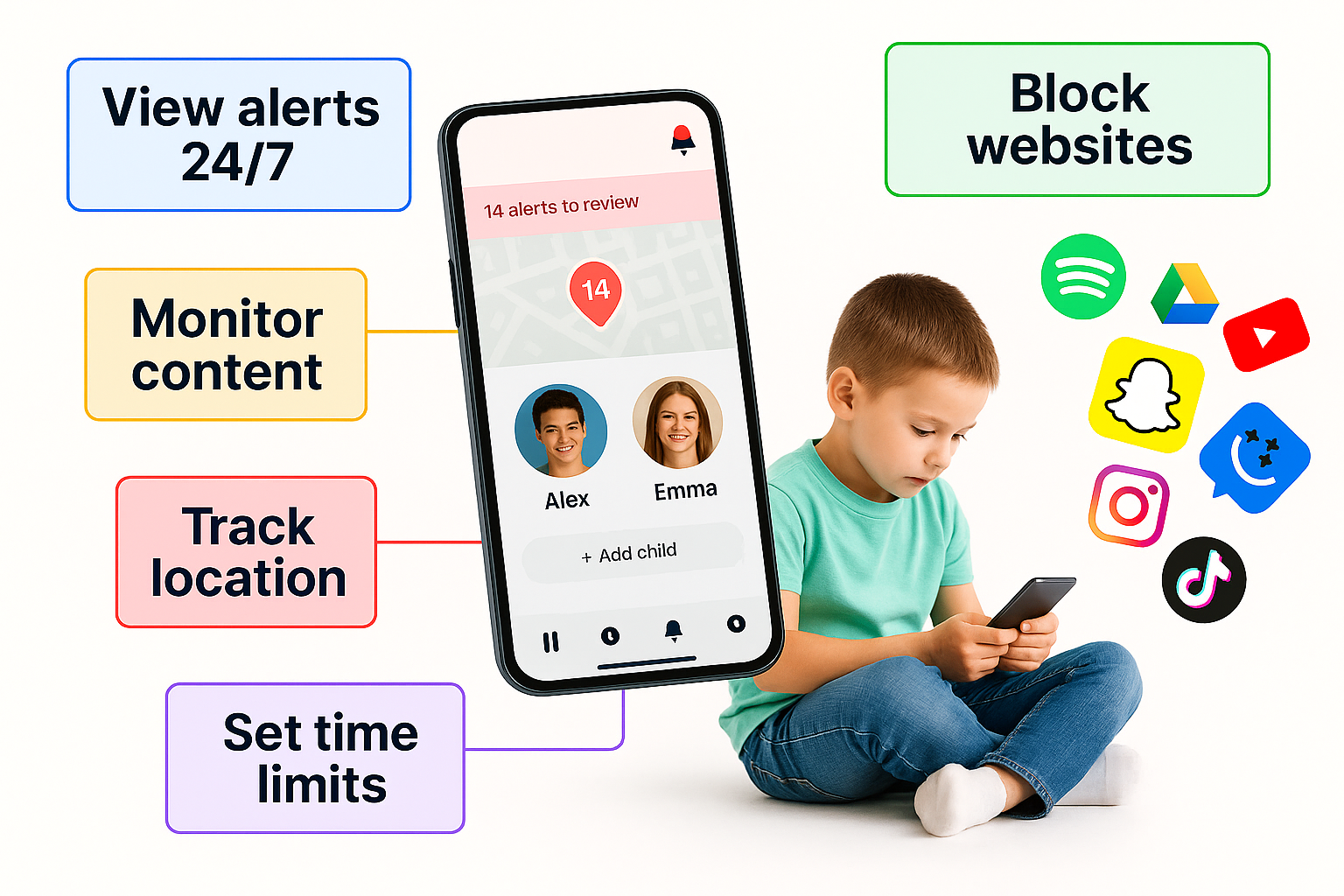📱 Do Phones Harm Kids? New Research Suggests Age of First Device Matters Less Than Parents Think
Parents today wrestle with one big question: when is the right time to give a child their first phone? Some argue that waiting until high school protects kids, while others see real benefits in earlier access. A major study from Stanford Medicine challenges both extremes.
The research suggests that the exact age a child first owns a phone isn’t strongly linked to wellbeing. Instead, family rules, maturity, and support systems play a far greater role.
This is reassuring for families debating whether a parent-approved phone for 9 year old is too soon. The data shows that what matters most is how a phone is introduced and managed, not the child’s birthday.
A Long-Term Look at Phone Ownership
The Stanford researchers tracked more than 250 children over five years. During that time, most received their first phones. By following them before and after ownership, scientists were able to compare their academic, emotional, and social outcomes in detail.
They measured:
- School performance — including grades and classroom behavior
- Emotional health — such as symptoms of depression and anxiety
- Sleep patterns — length and quality of rest
- Friendship and self-esteem — how connected children felt in their lives
This design made the project one of the first to examine phone ownership as an ongoing process, not just a single snapshot in time.
When Kids Usually Get Their First Phone
On average, the children in this study got their first device at 12 years old. Some received one as early as 11 years, while others waited until about 13.
This matches what many parents already experience. Kids often begin asking for phones around fourth or fifth grade, especially once peers have them. That raises questions about whether a first phone for a 9 year old is “too early” — or simply part of today’s normal timeline.
Surprising Findings
The results may surprise many parents.
- Emotional wellbeing: Children who got phones earlier were no more likely to show depression or anxiety than those who waited.
- Sleep: Younger phone owners did not consistently sleep worse once researchers accounted for family routines.
- Schoolwork: Academic progress stayed steady across the board, regardless of when a phone was introduced.
- Friendships: Both early and late adopters reported similar levels of confidence, self-esteem, and peer connections.
The clear message: receiving a phone earlier did not lead to worse outcomes.
Why Age Alone Isn’t the Answer
The study suggests that focusing on age oversimplifies a complex issue. Phones aren’t automatically harmful — or harmless. What really matters is the environment.
- Kids with strong family rules (like no phones in bedrooms at night) were less likely to develop problems.
- Children with ongoing parental involvement adapted better.
- A safe phone for kids, designed without distracting apps, reduced risks compared to open-ended smartphones.
This means that a child’s starter phone can be introduced earlier if parents provide structure and guidance.
How Parents Make Decisions in Real Life
Another insight: parents already use judgment when deciding when their child is ready. Most don’t simply hand over a device because their child reaches a certain age. Instead, they weigh:
- How responsible the child has been with other rules
- Whether the child needs a phone for safety or school activities
- The family’s values and communication style
These careful choices may explain why the study found no big differences between early and late adopters. Families tend to match phone timing to their child’s maturity, not just peer pressure.
Lessons for Families Today
For parents weighing whether to give a phone with parental controls to a younger child, this research offers reassurance. It shows that a well-managed introduction is more important than the specific age.
Practical Tips
- Focus on readiness. A responsible 9-year-old may be fine with a limited device, while another might not be ready until later.
- Choose the right phone. Devices built for kids, with no social media and strong controls, are safer than full-featured smartphones.
- Set rules early. Keep phones out of bedrooms at night and limit use during family time.
- Encourage balance. Phones should complement, not replace, offline hobbies like sports or reading.
- Keep the conversation going. Ask your child about their online experiences. This builds trust and helps them navigate challenges.
Why This Study Matters
Unlike many previous reports, this research didn’t just look at teens already using phones. It tracked children both before and after getting devices, making it one of the most thorough studies to date.
Its findings challenge the idea that “earlier equals worse.” Instead, they show that context matters most. A family-approved device combined with clear rules can support a child’s development without major risks.
Beyond the Age Debate
Phones are now part of growing up. Parents can’t simply wish them away, but they can shape how and when they are introduced. The Stanford research highlights a key point: the “right” time isn’t about numbers, but about readiness and responsibility.
For families considering a first device, the smartest path may be to choose a safe phone for kids, set clear boundaries, and stay engaged. Whether that happens at 9, 11, or 13, the real difference lies in guidance — not the calendar.

